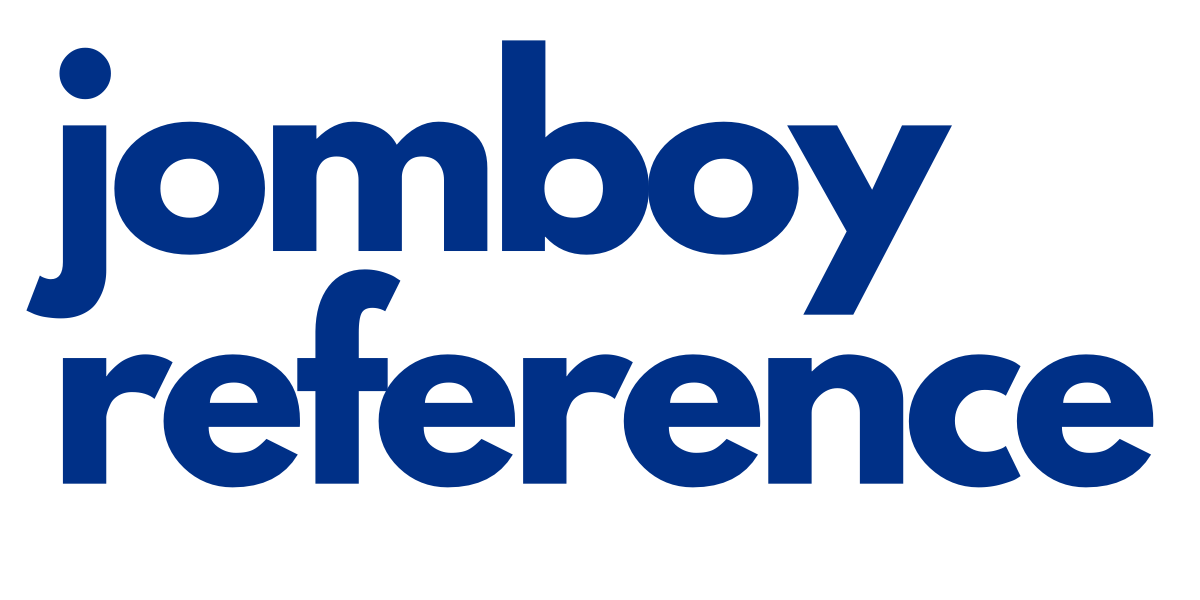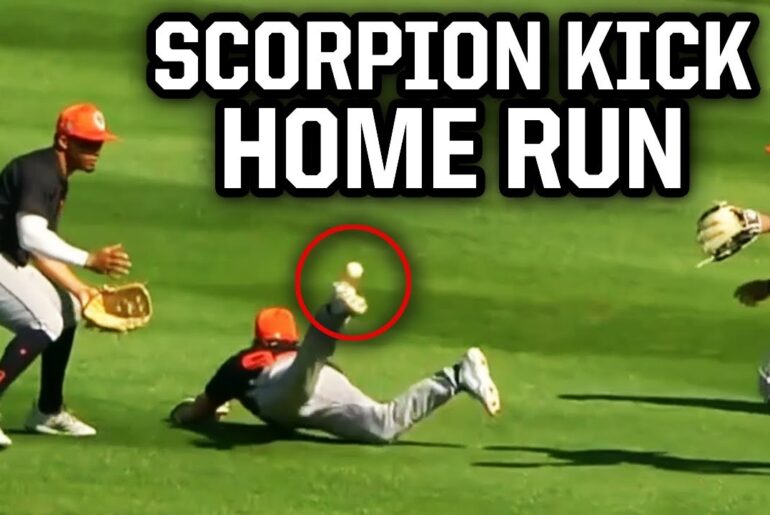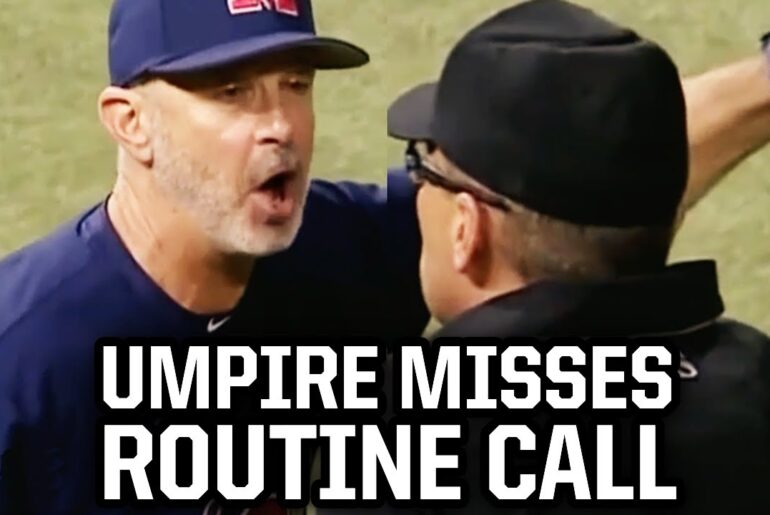In the third inning of the Brewers D-backs game, an interesting sequence of pitch calls unfolded, leading to a heated exchange between the managers and the umpire. This breakdown aims to examine the situation, utilizing lip reading and available footage to shed light on the events that transpired. Sponsored by DraftKings, this analysis delves into the disputed pitch calls and their impact on the game.
The Pitch Call Controversy
Following a pitch that was not called a strike, tensions escalated on the field. Tory Lovullo, the D-backs manager, was seen on the top step, expressing his frustration. Through lip reading, it becomes apparent that Lovullo mentioned a \”run\” and something about a player near the pool in right center. The next pitch was indeed called a strike, but Lovullo continued to voice his concerns. He insinuated that the opposing team’s player had his foot positioned incorrectly, questioning the consistency of the umpire’s calls.
Lovullo’s Frustration Erupts
Tory Lovullo’s dissatisfaction with the pitch calls became more apparent as he confronted the home plate umpire, Gabe Morales. He expressed his frustration vehemently, accusing Morales of missing a total of seven pitches, all of which were seemingly in favor of the opposing team. Lovullo demanded that Morales \”lock it in\” and emphasized the need for consistency. He asserted that he was tired of the inconsistency and called for a fair and unbiased game.
A Clear and Concise Message
Lovullo’s message to Morales was short and direct. He swiftly ran out onto the field to express his grievances, stating his case without hesitation. However, Lovullo’s impassioned protest led to his ejection from the game. As the events unfolded, a spectator captured the incident on video, providing valuable evidence of the situation.
Analyzing the Pitches
To better understand the controversy surrounding the pitch calls, it is essential to examine the pitches themselves. Available footage allows us to scrutinize the strikes and balls thrown by the pitchers.
Jansen Junk’s Pitches
Jansen Junk, the opposing team’s pitcher, predominantly delivered pitches on the edge of the strike zone. These pitches consistently received favorable calls, resulting in strikes. When observing these pitches, a distinct orange color is visible, indicating that they were deemed strikes.
Dre Jameson’s Pitches
On the other side, Dre Jameson, the D-backs’ pitcher, encountered a mix of results with his pitches. While he also had some pitches on the edge of the strike zone that were called strikes, there were instances where his pitches were called balls. The presence of blue indicates pitches that were not deemed strikes.
Inconsistencies and Grievances
Lovullo’s frustration stemmed from the inconsistencies in the umpire’s calls. The analysis reveals that pitches thrown by both pitchers in similar locations were not consistently called strikes. This lack of consistency fueled Lovullo’s grievances. While some pitches that crossed the same spot were called strikes, others were ruled as balls, despite being within the strike zone.
Square Angle Discrepancy
Particularly intriguing were three pitches that deviated from the expected call. A pitch in the top right and another in the bottom left were both called strikes, indicating a consistent square angle. However, the top left pitch, which should have followed suit, was surprisingly called a ball. This anomaly provided further evidence to support Lovullo’s claims.
Lovullo’s Ejection and Game Progression
Following his ejection, Lovullo’s actions seemed to have an impact on the game. The subsequent pitch calls appeared to be more evenly distributed between the two teams, suggesting that his protest had a positive influence on the umpire’s decision-making. Lovullo’s willingness to voice his concerns resulted in a fairer game for both sides.



